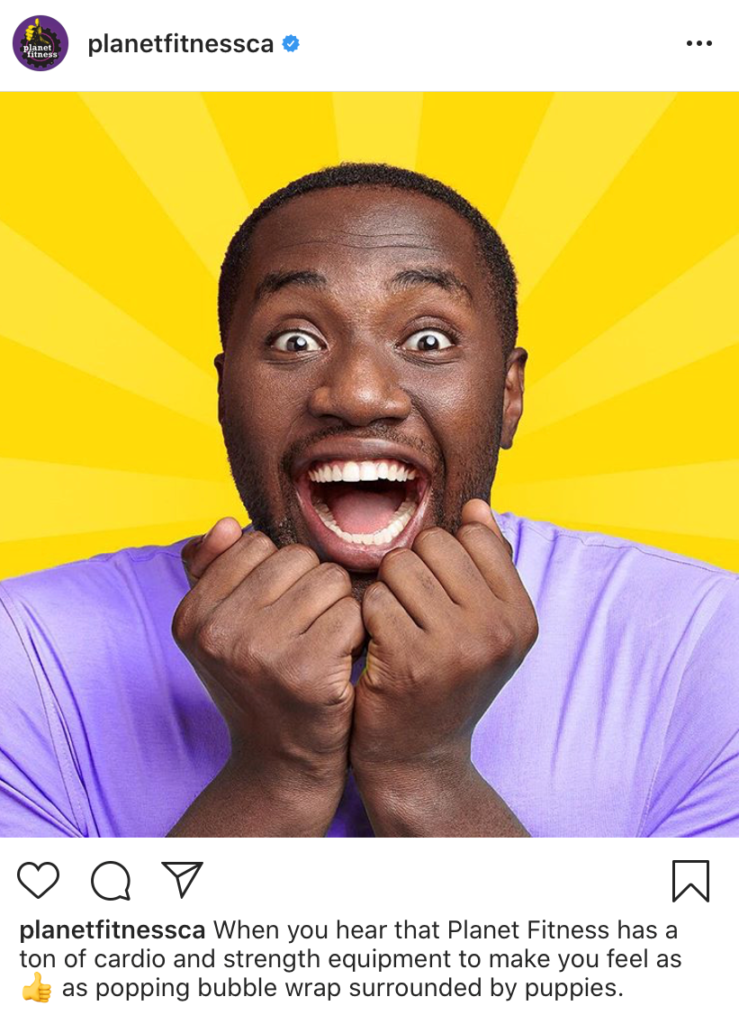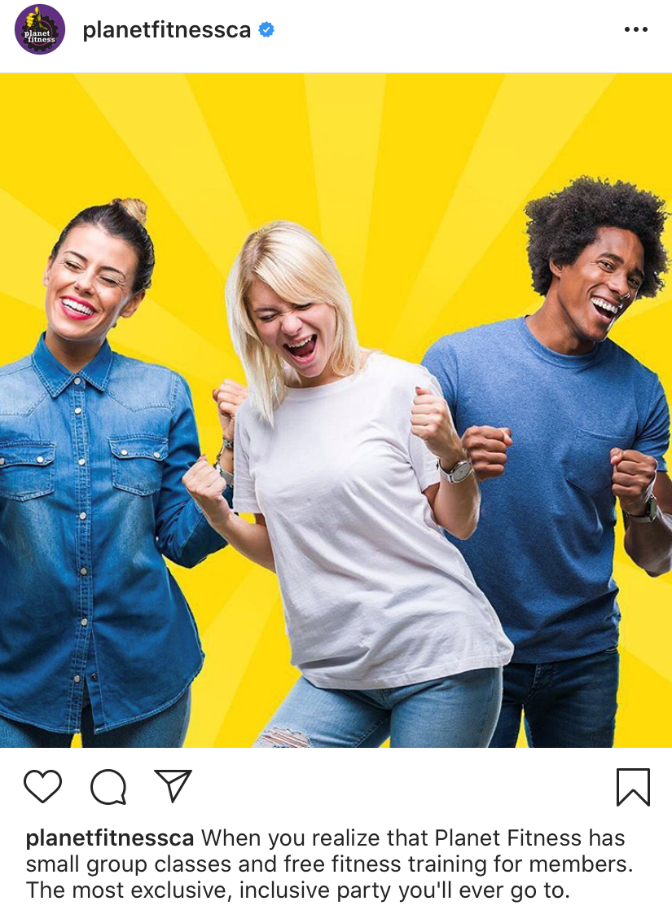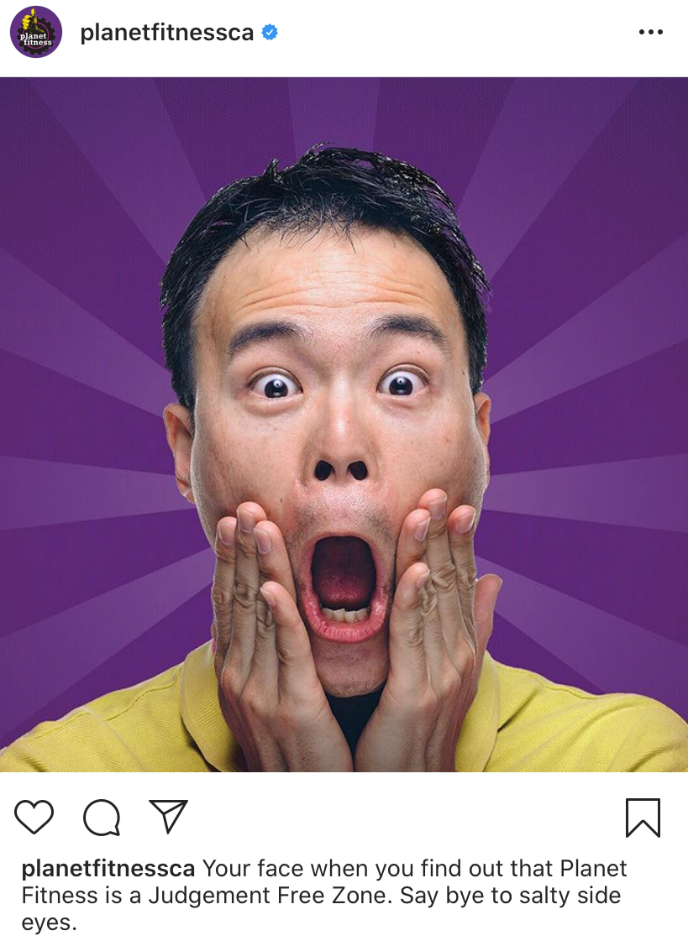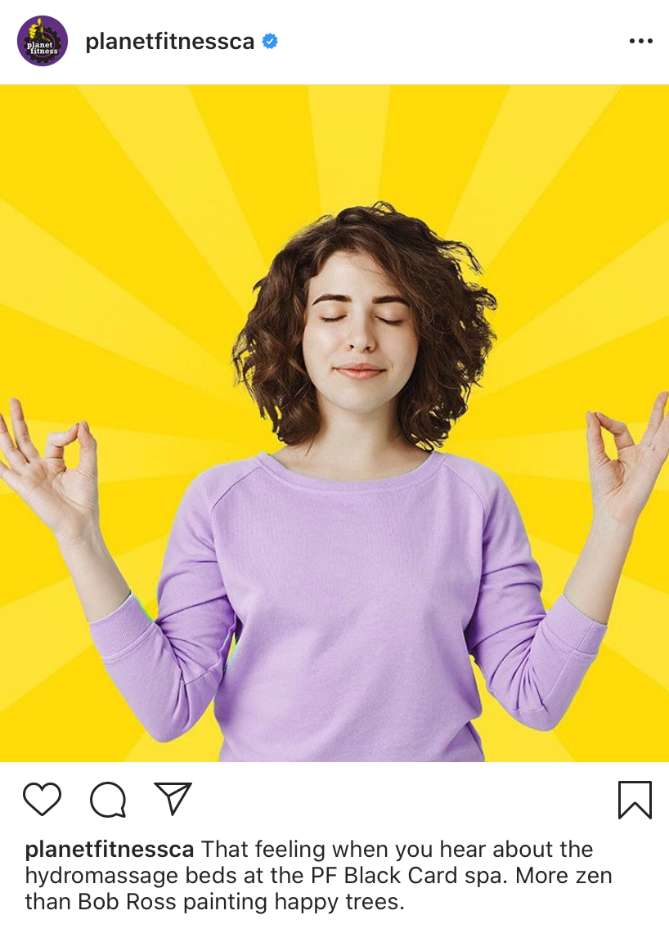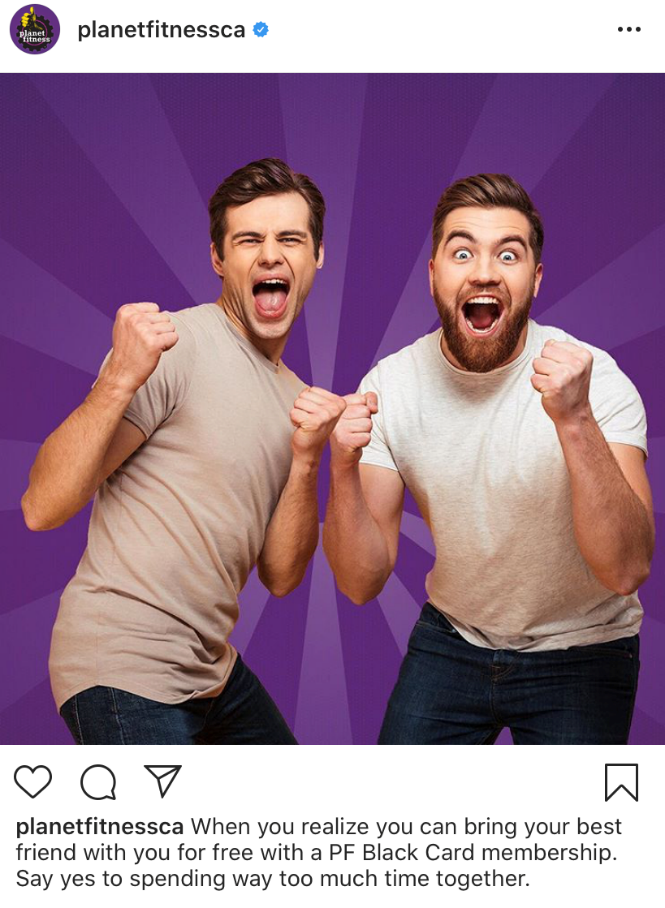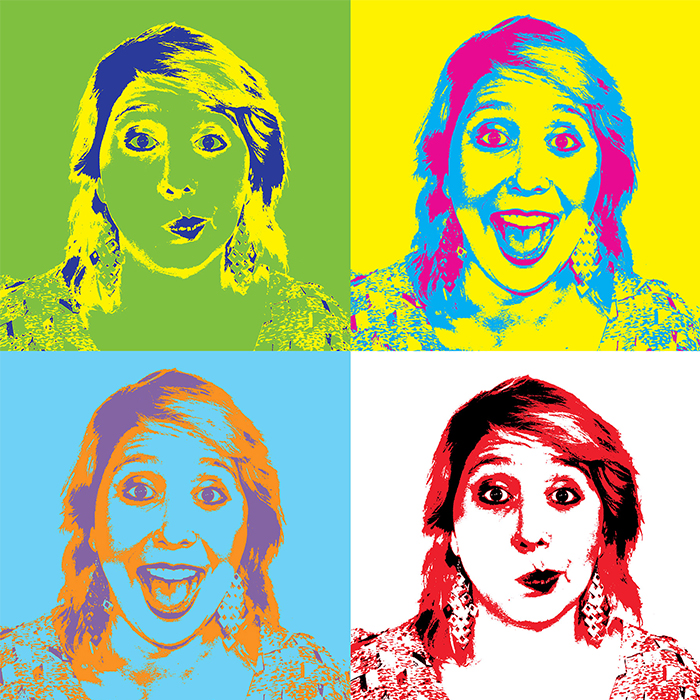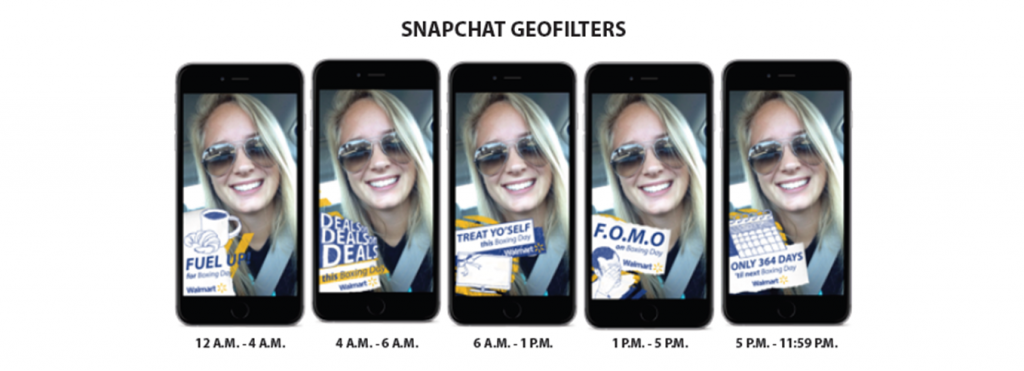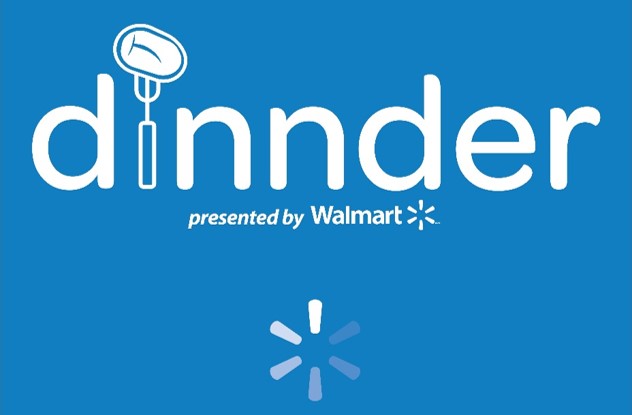Design and Business in the world of COVID-19
Recently I was able to attend Remote Design week by the Design X community, a community of designers here in Canada and around the world. One of the many talks that had great insight into our current situation was by Adam Fry-Pierce, Director of Customer Experience Programs at Invision. He talked about many great insights from design leaders on design and business during COVID-19. I will be discussing 4 of these insights and what design leaders believe is going on currently and will be happening in the near future.
The first insight from Adam I would like to talk about is that The Digital transformation has accelerated. Digital now has not only been becoming one of the best channels to connect with customers but according to Adam in most cases, Digital is the only place to connect with the customer. Brands that used to be able to connect through in-person customer experiences now have to pivot to connect digitally. B2C brands are turning to digital design teams to quickly help them pivot to the current climate.
The second insight that Adam talks about that is very relevant is that Teams are designing for the “social distance economy”. Businesses within various industries such as restaurants and sports are creating new revenue channels. Design has never been more important, so this means design teams are now having to really understand the current problems and having to come up with new experiences and solutions.
The COVID-19 has created a climate of empathy and caring is the third insight Adam discussed. Teams are now starting their meetings differently and expressing empathy, for example asking questions like “How are you?”. This climate is having teams come closer together and be more human. Design and business leaders are expressing empathy towards various aspects within their teams such as their families, peers, and the local community.
The last insight which I think is one of the most important ones is that Designers need to know how to communicate their business value. Design leaders and designers need to focus on the importance and urgency of communicating in the business language to be able to really rise.
Invision provides some great free resources for designers which I’m reading now.
Remote work for Design Teams By Ben Goldman, Abby Sinnott, and Greg Storey
Business Thinking for Design Leaders by Ryan Rumsey
Vanessa Cuartas is an Integrated Media Designer at ruckus Digital.
Need help with your social strategy? Drop us a line.



